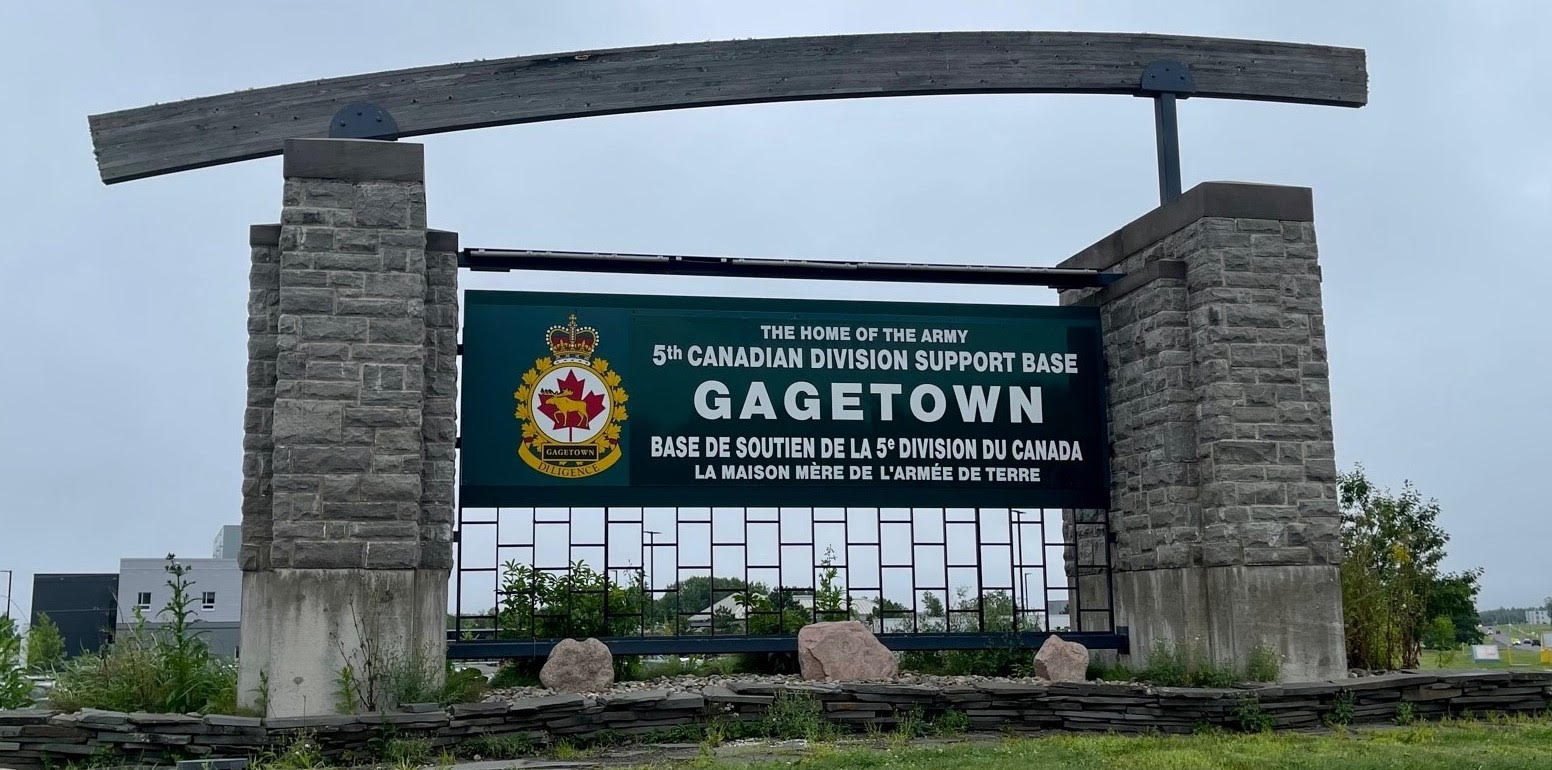This article was published at The Ensemble
At a Canadian Military Base, a Núcleo Answers an Overlooked Need
Site of Sistema New Brunswick’s new program. Photo: Sistema NB.
“Where can we have the most impact?”
This question will resonate with many Ensemble readers, especially those who’ve thought about starting a new program or adding more sites to their program.
For the leaders of the Canadian network Sistema New Brunswick (Sistema NB), it sparked an unusual answer: “A military base!”
Among the world’s growing number of programs dedicated to social impact through ensemble music learning, there aren’t many located on military bases. So why did Sistema NB make this choice? “It goes back to our mission and our central guiding questions,” says founder Ken MacLeod. “Where do the needs exist? Where are kids left out of opportunity? Where can we make the biggest difference in people’s lives?”

MacLeod points out that children on military bases deal with multiple life stressors: frequent moves, absences of parents who are deployed overseas, constant uncertainty, and, often, financial hardship. Among these children, he says, there are higher-than-normal levels of mental and physical illnesses, along with lower levels of academic achievement.
This is why Sistema NB’s leaders have been working for over five years to launch a núcleo for children at Canada’s second largest base, Canadian Forces Base Gagetown. This week, the Sistema NB Base Gagetown Centre opens its doors to 40 students who are starting to make their first musical sounds together on wind, brass, and percussion instruments—an instrumentation that honors the traditions of military music. They’ll come together after school five days a week, guided by three teaching artists including director Ian Gibson, who has been a Sistema NB percussion teaching artist for seven years.
Sistema NB CEO and President Kenn Mainville says that the program will be located in the nearby town of Oromocto, in a school that is attended by Base Gagetown children. “We won’t be exclusively for the military kids,” he says. “We’ll welcome participation by other children in those schools as well, and we hope that includes First Nation children.” Teaching and learning will occur in both English and French, since New Brunswick is an officially bilingual province.
The funding challenge: Thinking outside the box
“Most of our núcleos have some municipal and provincial funding,” says MacLeod, “but for this one, we needed to obtain federal support. For years, all our tries at it just kept hitting a wall. Finally, we were alerted to a particular funding area called the Veteran and Family Well-Being Fund. And we got connected to the federal minister of Veteran Affairs, who already knew about our program in Moncton. In these connections, we found receptivity to our idea.”
(A possible lesson, for programs everywhere: don’t give up when you have a compelling idea. And when seeking government funding, don’t forget to look for areas of government that aren’t the first, obvious go-to choices!)
Current and future plans

“Our first group of students is comprised of 4th– and 5th-graders,” says Sistema NB CEO and President Kenn Mainville. “In most of our programs, children begin with us from grades 1–3; but because military families move so frequently, we decided to start with older kids. They’ll master musical skills more quickly, and they can take those skills with them wherever they go.”
Mainville says that within three years the program will grow to 90 students and six teaching artists. And, in order to give the students experience with orchestral as well as band repertoire, the program will partner one trimester per year with the Sistema NB string ensemble program in Fredericton, the nearby provincial capital.
Performances will occur in the concert hall on the military base. “And we’ll keep trying to find space at Base Gagetown to host the program, as well,” adds Mainville.
Sistema New Brunswick…
…is one of the most large-scale and robust music for social impact initiatives in North America. Launched in Moncton, New Brunswick in 2009, it has grown to include 11 centers serving 1,200 children daily. Two of these centers involve a full orchestral program; others involve string or single-instrument ensemble programs. Moncton remains the site of the program’s administrative center.
Throughout its growth and development, says MacLeod, the guiding question has remained constant: Where is the greatest need? “Have a look around,” he advises, “and you might find the greatest need in an unexpected place.”

